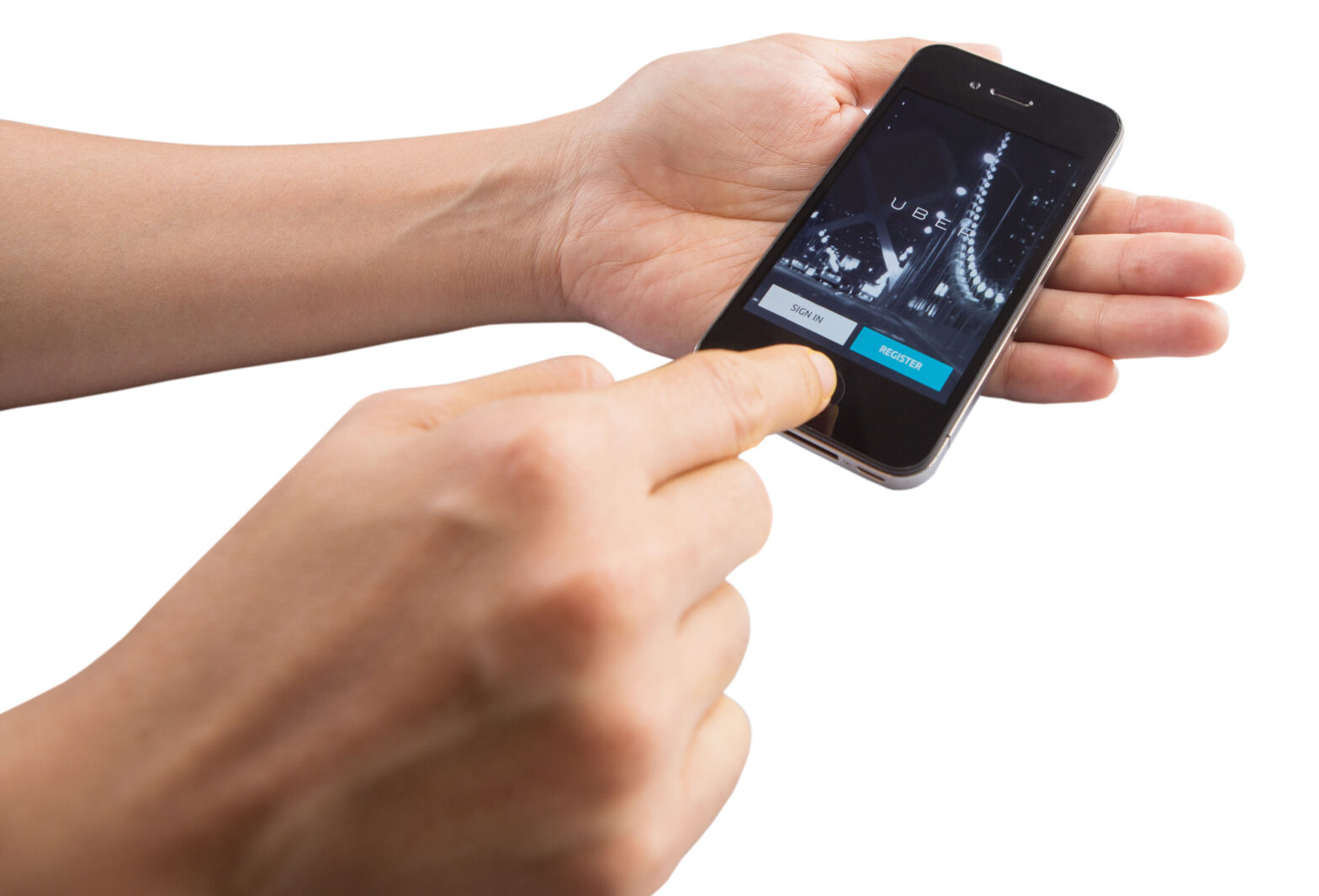Disruption has been the business buzzword of the last couple of years, with technology newcomers like Airbnb and Uber shaking up the way we consume products and services.
Disruption is a word thrown around with much ease, but not all those hailed as market-changing inventions are truly disruptive. It was in 1997 that Clayton M Christensen’s ‘The Innovator’s Dilemma’ first defined disruptive innovation. Harvard Business School professor Christensen argued that a disruptive product or service either addresses a market that previously could not be served (a ‘new-market disruption’) or offers a simpler, cheaper or more convenient alternative to an offering that already exists (a ‘low-end disruption’). Such disruptive innovations have the power to upturn the market and push out big players.
Disruptive businesses in essence offer a product or service that challenges established patterns of behaviour. Offering a much-reduced price is a clear way of attempting a low-end disruption, forcing incumbents to move upmarket. Providing a convenient and readily available service is another. We aim to offer both: an affordable price and a 24/7 service. But low-market disruptions can have a drastic impact even when prices are higher than incumbents.
Uber is a much-cited example of a business really shaking up the personal transport and taxi industry – so much so that thousands of taxi drivers have staged protests across London, Paris, Madrid, Milan and Berlin in opposition to the company. Ironically, last year’s London protest by black cab drivers pushed Uber registrations up 850 per cent.
Low-end disruption
Uber is a fantastic example of a low-end disruption. While it is often more expensive than its traditional counterparts, Uber is a far more convenient alternative to a long-standing, dated service. The effort of finding a cab or waiting for a requested taxi to arrive, exacerbated by the nuisance of finding a cash machine, means that millennials are flocking to Uber despite its increased price tag. But it’s not just convenience in terms of physical effort that can form the basis of a disruptive new offering; availability can play an equally important role. Uber’s cars are always just around the corner. There is a certainty to using the app, rather than trying to find a taxi on the street, or calling a company that may not have a 4-seater left at 3am on a Saturday night.
Netflix, too, is held up by the constant availability of its streaming service. Netflix isn’t just disrupting rental stores and DVD and box-set sales, it’s changing the way we consume live television shows. The TV show binge that consumers crave is ready waiting for them when they get home – no longer do fans have to wait a week for their next fix.
In the same manner, we offer a 24/7 platform so viewings and bookings can be made at any time to suit the customer. In the fashion industry, online retailer ASOS not only provides a convenient service for consumers who’d rather stay at home than head to the high street, but its success is in part founded on its constant availability. Shoppers can browse and select clothes to buy at any time of day or night, meaning that fashion purchasing is no longer restricted to high street opening hours.
In comparison to other retailer’s online counterparts, ASOS’s technology has always been ahead of the curve and their apps, mobile site, Facebook shop and Fashion Finder tool are making ASOS accessible wherever people are, across multiple platforms and devices. Availability is an aspect of convenience that gives such force to disruptive businesses not merely because people have less time in the day, but because we don’t want to compromise on other areas of life.
For disruptive businesses that offer something completely new, the sharing economy is a fantastic foundation. Co-creation generates services and products that disrupt established competitors by democratising production. Wikipedia and Amazon boast online platforms that allow consumers to contribute to the service or product. Ebay made auctions accessible to the masses. Airbnb is changing the mammoth hotel industry by allowing democratisation of the room-provision service.
The room rental platform, founded in 2008 with just three air beds in a San Francisco apartment, is now active in 34,000 cities in 190 countries. Listings on the website reach over 1 million and over 30 million nights have been booked through the platform. Like Uber, Airbnb has not been without its share of controversy, including property damage by guests and disputes over the tax that room providers should be paying. But the company is going from strength to strength, its platform making it incredibly simple and fast for hosts to list rooms and visitors to book and pay for them.
Airbnb is expanding to make the most of the corporate market, a move that will court much higher margins. The company has thus far revealed that it has risen funding of $80 million, and it is rumoured to be raising another round of funding that will value it at $20 billion.
Changing the game
The disruptive businesses of the future may be those with flashy new technology currently being lauded, or may rise more quietly. In the coming years driverless cars look set to revolutionise the way we travel from A to B, possibly causing a problem for even the now mammoth Uber. The Internet of Things, devices connecting everyday objects all around us to automate tasks otherwise done by humans, has huge potential to disrupt hundreds or thousands of existing markets. But there are so many more potential disruptive innovations that don’t share such limelight, and these are the ones that may come to quickly surprise current market leaders, providing the biggest headaches to incumbents.
While disruption is a term often bandied about, regularly handed to companies with dubious potential, the power of truly disruptive innovations should not be underestimated. Disruptive businesses tend to start their ascent by targeting the bottom end of the market, generally with an unpolished product at a low price. Incumbents – generators of ‘sustained innovation’, where incremental improvements are made on existing products – can dismiss the newcomer and be slow to recognise the threat.
When the disruptive innovation matures, the incumbent is faced with Christensen’s ‘innovator’s dilemma’ – the choice between continuing to improve their existing products or moving to seize new markets by embracing changes in technology. Netflix is a hugely successful example of a company which learnt the value of accepting new technology: they moved away from their traditional model of posting rental DVDs and embraced streaming as a new tech development and a new business model. Netflix reported $1.4 billion in revenue in the fourth quarter of 2014.
Incumbents, and not just start-ups, have something to take away from such successful adoption of technological developments. Businesses looking to harness the power of disruptive innovation can learn from the new players that are changing markets as we know them. Affordability, convenience and availability are pivotal to low-market disruption success. Reaching a new market requires imagination, but the growth of the sharing economy is providing an array of opportunities for co-creational services that involve the customer in ways never previously presented. Identifying the behaviours to be challenged and putting the consumer first to rethink the way businesses can address new and existing needs are key to helping a business start its own disruptive movement.
Michael Bruce is founder of Purplebricks.





